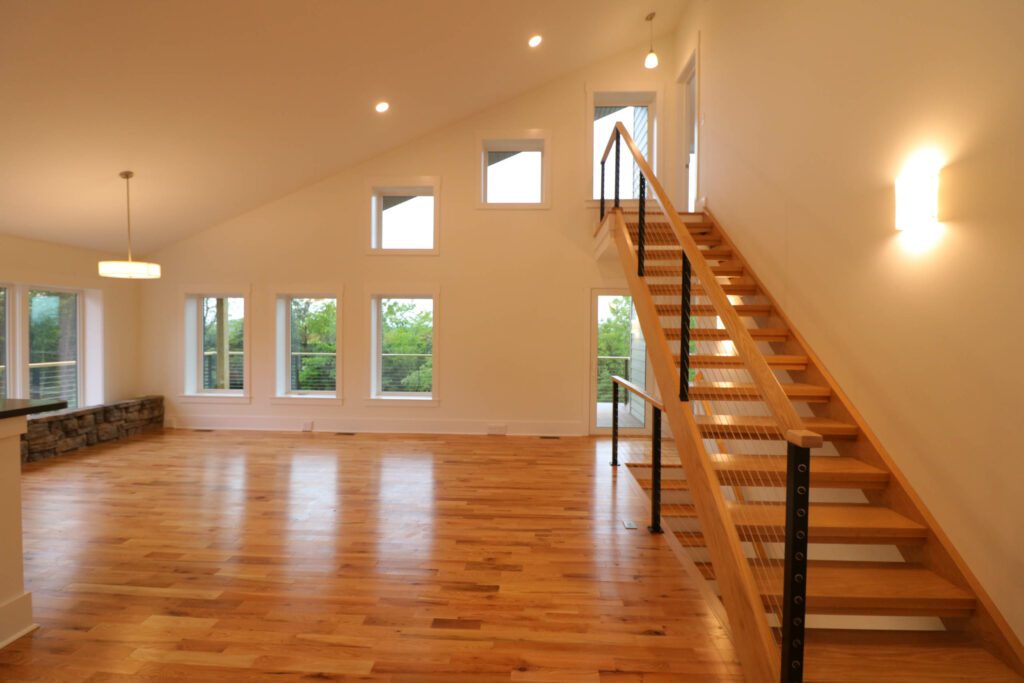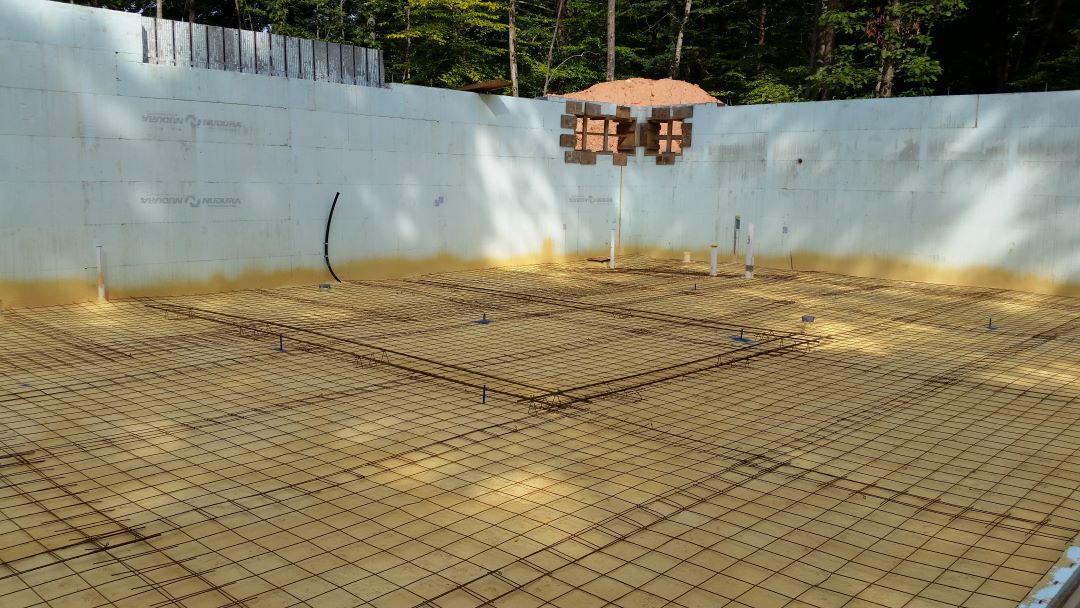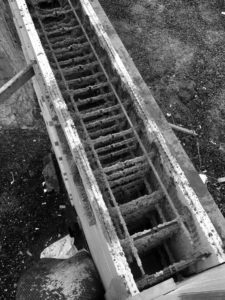
As architects we can shape, create, manipulate, and form space through design, all according to our clients’ goals and budget of course. We can also impact the greater world through the decisions we make during this design process. The performance levels of the structure impact energy-use over the next 30 – 50+ years of the building operations (before a renovation is needed). The indoor environmental quality impacts the mental and physical well-being of the occupants and users of these spaces. The placement on the site inherently disrupts an existing ecosystem while creating opportunities for new ecosystems to form. Our spaces can change the livability of a community and can welcome everyone to use these spaces. Finally, our work can educate and inform the next space created, users of the space, and future generations to come.
Design of buildings matter and through design we can build a stronger and more vibrant future. We can design solutions that make a positive change for everyone in our community. Through design we can build a better community, enhance livability, reduce construction and operation costs, and protect our surrounding eco-systems. This impact has become so important to our profession that the American Institute of Architects has adopted the following into the AIA code of Ethics for all member architects:
“members should select and use building materials to minimize exposure to toxins and pollutants in the environment to promote environmental and human health and to reduce waste and pollution.”
While there are many parts to Earth Conscious Architecture, one of the most important is building science. Building science is the foundation for our approach to designing “better.” There are several elements to this concept that we have mentioned many times in the past.

Energy Efficiency – Designing the right insulation type, location, and amount in the right places is key to keeping the energy inside your structure that your building is using. The HVAC system goes along with a properly insulated building, as you will need a properly sized system that heats, cools, and provides fresh air effectively and efficiently.
Indoor Air Quality – The air inside your home is impacted by your HVAC system, ventilation strategy, material off-gassing, cooking, particulates from shoes and pets, air leakage, and even radon. Design that focuses on a healthy indoor environment can improve your mental and physical health.
Durability – Design for quality will reduce the needed maintenance over time as well as creating longer lasting structures. The highest carbon usage for a building is during construction when looking at the embodied energy used to put the structure together and manufacture all the materials. Doing this one in a way that lasts a lifetime is critical in getting everything you can out of that carbon expenditure.
Resiliency – Design that will endure intensifying storms allows you comfort in knowing that your family and friends have a safe refuge. Adding strategies like rainwater harvesting, vegetated roofs, fire resistant materials, and durable walls and roofs will improve your safety and increase your buildings longevity.

Our firm has focused on practical sustainable solutions since its inception 35+ years ago. We started out with economical solutions based on our knowledge of building materials and building techniques to reduce waste. We continued to learn and add tools to our design toolbelt as we immersed ourselves into building science and an understanding of climate change impacts on the built environment. We continue to research, learn, and adapt as new information and technologies become available and affordable. By prioritizing Earth Conscious Architectural Design, we not only enhance the quality of life for our clients and the communities we work in but also for future generations.




